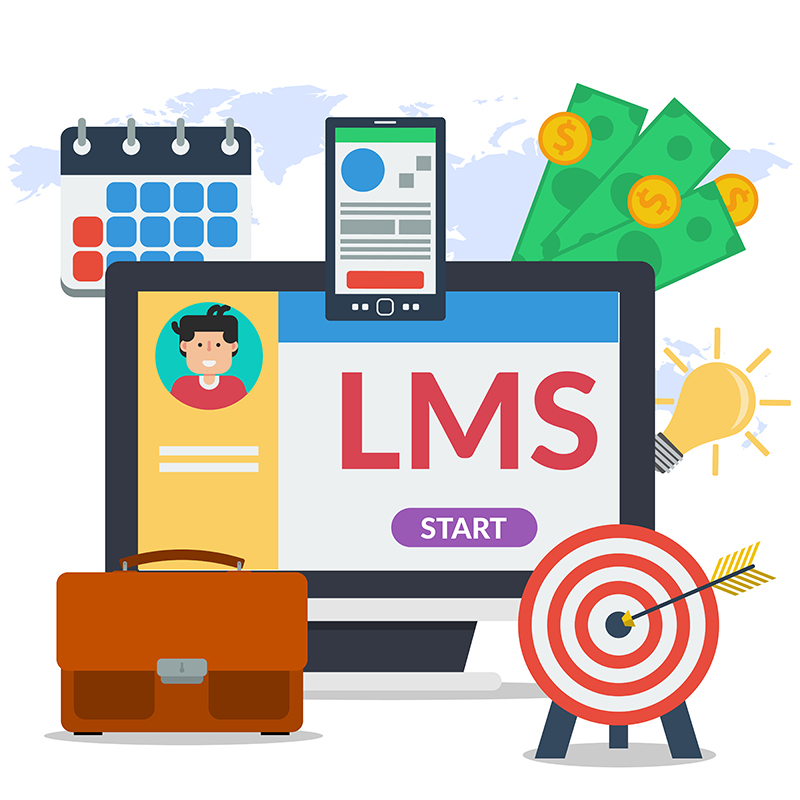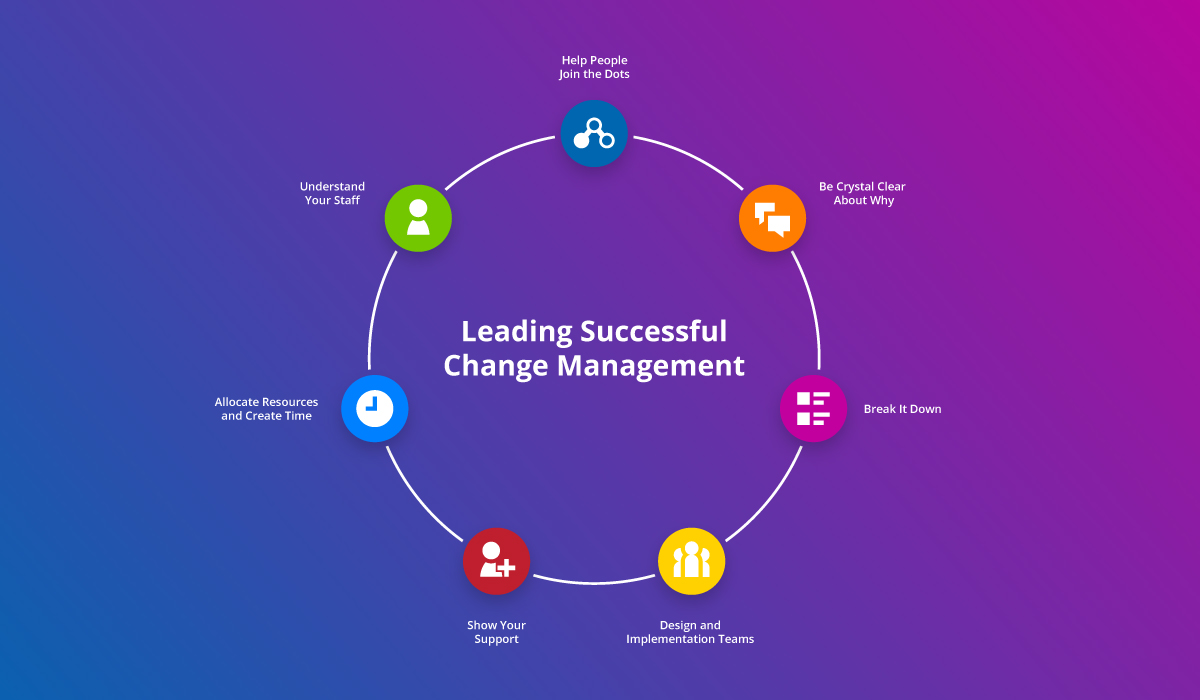The selection of school software impacts many end users as well as different audiences, staff, students and parents and will touch many areas of a school’s operations. So, it’s no surprise that choosing a Learning Management System (LMS) can be somewhat of a challenging task.

At Schoolbox, we’ve rolled out our all-in-one Learning Management System, community portal and engagement platform to many leading K–12 Schools, in Australia and globally. And in our travels, we’ve come to realise some common pitfalls when choosing the right LMS for your school.
So, to help you out, we’ve put together a list of four things to avoid when choosing a Learning Management System.
1. Involving only Some of your School Community
As the focus of an LMS is learning and teaching, the go to consultant for the selection of your LMS will of course be your teachers. However, relying solely on teachers will not provide you with a holistic picture of the requirements needed to ensure a wholesome learning experience for your students. At the end of the day, they are one part of your school community.
Given that school software affects many different users of your school community—students, teachers, parents, guardians, counsellors and so on—it’s important to ensure the whole school community is consulted.
The thoughts of each member of the school community is important but what you may find is their input is required at different stages of the selection process. For instance, teachers are definitely needed quite early in the process. So, bring them in the initial stages; get their thoughts, needs, challenges and wishes. But don’t stop there. Create a small assessment team to take a closer look at the needs and comments. Then, align those findings with a consultation from the wider school community.
For instance, your operations and IT department are going to be concerned with whether the LMS is compatible with the school’s student management system and other periphery software in the technology stack. Your communications function may want to know whether the LMS will assist with facilitating school-wide notices and if not, what is the proposed system integration.
2. Being Sold on a Single Feature
When approached by many different school software options, it is extremely easy to get distracted by a “flashy” or an exclusive feature of one product. It is true, you may often find that Learning Management Systems tend to have very similar functionality and suddenly when something out of the ordinary, but not necessarily useful for your purposes is offered, it may seem like the option to go with.
Be careful with allowing these shiny new features to drive your selection process. Flashy is cool, can’t argue with that, but if it’s quality software you are after, you need to explore below the surface.
For instance, have a think about and ask questions regarding:
- Functionality
- Integrations
- Support
- Training
- Years in operation
- Experience
- Professional services
- Commitment to your project success
- Price
Don’t settle for a platform that will affect your entire school community and operations based on one or two innovative features. As you can see, there are many aspects that require your consideration. So, the better approach is to compare the sum of the entire value each software provider brings to the table.
Often, those innovative features will eventually appear in other products too where relevant, so parity of these flashy and valuable features will occur over time.
3. Not Considering Changing Needs
When looking for an LMS, a school’s requirement may start off with core project requirements like “improve student self-led learning” or “move to progressive real-time reporting”. A shortlist of possible software providers then follows.
However, once the school starts to go through demo after demo of the different systems, requirements start to change and confusion can begin. This is because no product is ever the same and trying to compare like for like, apples for apples, is not really possible. Instead, each product has unique approaches to certain areas of the requirements, maybe some crossover with others, or actually compete with functionality within other core school software systems such as the student information and school management systems.
This experience of the school invites consideration of other challenges being faced, which may not have been at a forefront initially. These challenges then become requirements in the selection of the learning platform.
The danger with this situation is that an LMS may be chosen that does not in fact align or fit the original goals and vision of the school.
It is therefore critical to ensure you spend time up front to identify and document the goals of your school from the beginning, a shared vision. And if they do need to change, you will be able to have an informed discussion as a team as to why you believe the original goals and vision require amendment.
4. Focusing on the Short-term
You might have gone into the project looking for an LMS, but after much research and assessment, it may become apparent the best LMS is only “part” of a much broader school software platform.
At this point, you may think “you know what, we only want an LMS”, but this approach forgets the need for a strategic approach to selecting core school software.
It may seem a little more than you need right now, but having the foresight to select a platform that meets your current needs, and also provides a roadmap for your school to grow and evolve into, will ultimately bring your school and your school community an immense amount of value in the long run.
So, if you find a school software solution delivers your current goals, but includes more than just that alone, be strategic in your assessment and don’t be afraid to incorporate them into the roadmap, even if it is more than your current short-term needs.
Ask us
Schoolbox is here to help! If you’re interested to know more about how to go about selecting the education software for your school, contact us today.
Or, why not take a look at the elements of a best-in-class rollout strategy and download our FREE eBook!






